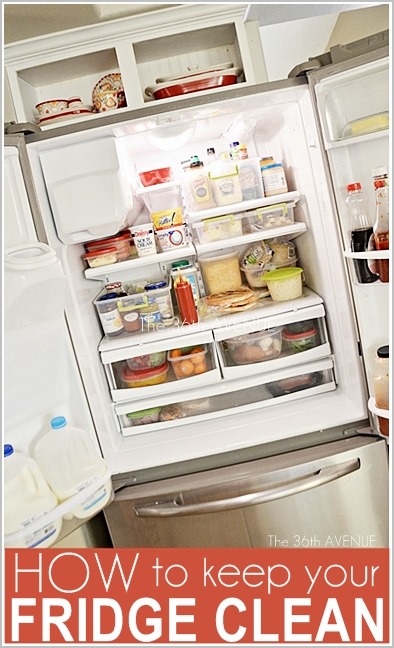
Fridge TLC: Clean and Maintain for Peak Performance
Regular cleaning and maintenance are essential to ensure your refrigerator functions efficiently and keeps your food fresh. This guide provides practical tips on how to clean and maintain your refrigerator for optimal performance and longevity.
The Importance of Regular Cleaning
A clean refrigerator not only enhances its appearance but also plays a crucial role in food safety. Regular cleaning helps eliminate spills, odors, and potential bacterial growth. It ensures a hygienic environment for your stored food and promotes a healthier kitchen.
Emptying and Defrosting
Start the cleaning process by emptying the refrigerator. Remove all items, including perishables and leftovers. Turn off the refrigerator and, if applicable, initiate the defrosting process. This step is essential for preventing ice buildup and maintaining the appliance’s efficiency.
Interior Cleaning: Shelves and Drawers
Once the refrigerator is empty, focus on cleaning the interior. Remove shelves and drawers for a thorough cleaning. Use a mixture of mild soap and water to clean these components, ensuring all stains and spills are addressed. Allow them to dry completely before placing them back into the refrigerator.
Wipe Down Interior Surfaces
Take a damp cloth or sponge and wipe down the interior surfaces of the refrigerator. Pay attention to corners, crevices, and rubber gaskets. These areas can harbor dirt and grime, contributing to unpleasant odors. A mixture of water and baking soda can be effective for removing stubborn stains and neutralizing odors.
Exterior Cleaning: Handles and Surfaces
Extend your cleaning efforts to the exterior of the refrigerator. Wipe down handles, doors, and any exposed surfaces. Stainless steel surfaces may benefit from a specialized cleaner to maintain their luster. Regular cleaning prevents the buildup of fingerprints and grime, preserving the refrigerator’s aesthetic appeal.
Condenser Coil Maintenance
The condenser coils, located either at the back or underneath the refrigerator, play a crucial role in heat exchange. Over time, these coils can accumulate dust and debris, reducing their efficiency. Use a vacuum cleaner or a coil brush to gently clean the coils, promoting optimal heat dissipation and energy efficiency.
Check and Replace Seals
The rubber gaskets or seals on the refrigerator doors are vital for maintaining a proper seal. Inspect these seals regularly for any signs of wear, tear, or damage. Replace damaged seals promptly to ensure an airtight closure, preventing cold air from escaping and warm air from entering.
Temperature Settings and Calibration
Ensure your refrigerator is set to the recommended temperature for food safety, typically around 37°F (3°C). Use a refrigerator thermometer to verify the accuracy of the temperature settings. Adjust the controls if necessary to maintain a consistent and safe storage environment for your food.
Organization and Food Rotation
As you restock the refrigerator, take the opportunity to organize items and check expiration dates. Proper organization facilitates efficient airflow and helps you identify and use food items before they expire. Regularly rotate food items to minimize waste and maintain freshness.
Energy Efficiency and Longevity
Clean and well-maintained refrigerators operate more efficiently, contributing to energy savings and prolonging the appliance’s lifespan. Implementing these cleaning and maintenance practices not only ensures a hygienic storage space but also promotes energy efficiency, leading to cost savings over time.
Conclusion: A Fresh and Efficient Refrigerator
Investing time in cleaning and maintaining your refrigerator pays off in terms of both performance and longevity. A well-kept refrigerator not only keeps your food fresh and safe but also operates efficiently, reducing energy consumption. Make refrigerator TLC a regular part of your kitchen routine for a fresh and efficient appliance.
For more detailed guidance on cleaning and maintaining your refrigerator, visit thietbidinhvithongminh.com.
